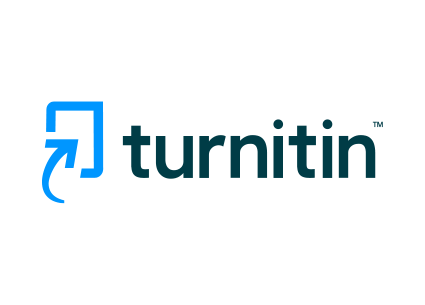Penyerahan Naskah
Daftar Tilik Penyerahan Naskah
Penulis yang ingin memasukkan naskah harus memperhatikan poin-poin di bawah ini. Jika naskah tidak sesuai dengan persyaratan yang telah dicantumkan, ada kemungkinan naskah tersebut akan dikembalikan.Panduan Penulis
GENERAL INFORMATION
SPECTA journal encompasses research articles, review articles or state of the art studies, as well as analysis and problem-solving. The work should not have been published or submitted for publication elsewhere. Articles are written and organized in the following order: Title; Authors Name; Authors Affiliation; Abstract; Keywords; Introduction; Materials and Methods; Results and Discussion; Conclusions; Acknowledgments (If any); Notation List (if any) and References.
Author Guidelines
- All articles submitted to SPECTA journal should be written in good English or Indonesian version. The article must be original, and it has been never considered to publish in another journal. Manuscript has never also been presented in a forum or seminar.
- Articles are submitted online in the SPECTA journal site spectajournal.itk.ac.id, or by email to: spectajournal@itk.ac.id, All correspondence, including notification of the Editor’s decision and request for revision, are required by email removing the need for a paper trail.
- The article received by editor will be distributed to experts/reviewers selected by the editor. After review process, the decision may vary from accepted without revision, accepted by editor revision, accepted by author revision, or rejected. Article will not be returned to the author unless it is requested by the author.
Article Structure
- Subdivision-numbered sections: The article should be clearly defined with numbered sections. Subsections should be numbered (the abstract is not included in section numbering). Please use this numbering also for the internal cross-referencing: do not just refer to the text). Any subsection may be given a brief heading. Each heading should appear on its own separate line.
- Introduction: State the objectives of the work and provide an adequate background, avoiding a detailed literature survey or a summary of the results
- Material and methods: provide sufficient detail to allow the work to be reproduced. Methods already published should be indicated by a reference: only relevant modifications should be described.
- Theory/calculation: a theory section should be extended, not repeat, the background to the article already dealt with the introduction for further work. In contrast, a calculation section represents a practical development from the theoretical basis.
- Results: should be clear and concise.
- Discussion: should explore the significance of the results of the work, not repeat them. A combined results and Discussion section is often appropriate. Avoid extensive citations and discussions of published literature.
- Conclusions: the main conclusions of the study may be presented in a short conclusion sections, which may form a subsection of a subsection of a discussion or results and discussion section.
- Appendices: If there is more than one appendix, they should be identified as A, B, etc. Formula and equations in appendices should be given separate numbering.
- Article should be written systematically following these below rules.
- Title: Concise and informative. Titles are often used in information-retrieval systems. Avoid abbreviations and formulations where possible.
- Name of Author: name of author/s is/are located under the tittle; author may be individual or in a team.
- Author’s affiliation: Present the authors' affiliation addresses (where the actual work was done) below the names. Indicate all affiliations with a lower-case superscript letter immediately after the author's name and in front of the appropriate address. Provide the full postal address of each affiliation, including the country name and, if available, the e-mail address of each author.
- Corresponding author. Clearly indicate who will handle correspondence at all stages of refereeing and publication, also post-publication. Ensure that the e-mail address is given and that contact details are kept up to date by the corresponding author.
- Abstract: a concise and factual abstract is required. It should written in Indonesia and English ranges from 100-150 words in length. It consists of a single paragraph.
- Keywords: Immediately after the abstract, provide a maximum of 5 keywords, avoiding general, plural terms and multiple concepts (avoid, for example, 'and', 'of'). Be sparing with abbreviations: only abbreviations firmly established in the field may be eligible.
- The body of the article follow the article structure as described above.
- Manuscript may be in Indonesian or English but it is preferable for the editor to receive in English mode. The length of the manuscript should not more than 15 pages, A4 size paper, typed 1.5 space, in a Microsoft Word 97 or above, type of font Times New Roman, font size 12.
Pernyataan Privasi
Nama dan alamat email yang dimasukkan di website ini hanya akan digunakan untuk tujuan yang sudah disebutkan, tidak akan disalahgunakan untuk tujuan lain atau untuk disebarluaskan ke pihak lain.



















